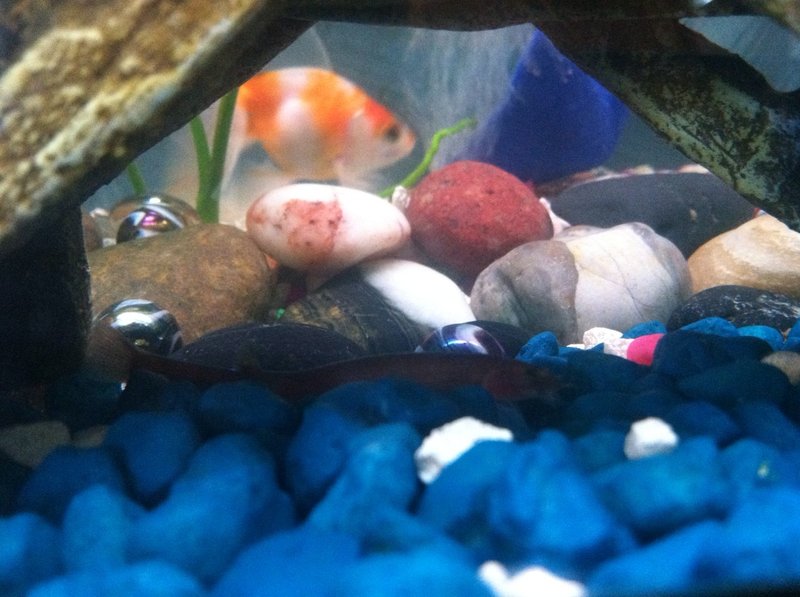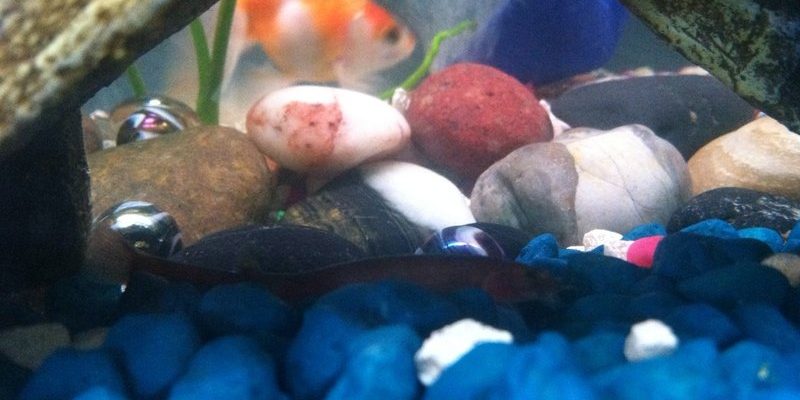
Just picture your loach gliding through the water, and then suddenly it’s not acting quite right. Maybe it’s hiding more than usual, or its skin looks a bit off. These might be signs of common health problems. Understanding what’s going on will help you take action. So grab a cozy drink, and let’s dive into the world of loach health issues and how to treat them.
Understanding Loach Health Issues
Loaches, like other fish, can be susceptible to a range of health problems that stem from their environment, diet, or even stress. The first step in keeping your loach healthy is recognizing that they’re more than just decoration in your tank; they’re living beings that require our care. Just as we need a decent diet and a clean living space, so do our aquatic buddies.
When it comes to common health problems, you might see a few recurring culprits. Ich, for example, is a notorious parasite that often targets fish in home aquariums. Then there’s fin rot, which can occur due to poor water quality. By being observant and proactive, you can spot these issues before they become bigger problems.
Ich (White Spot Disease)
Ich, or *Ichthyophthirius multifiliis*, is one of the most common fish diseases out there, and it’s easy to see why. This pesky parasite manifests as small white cysts on a fish’s body, making your loach look like it has sprinkled salt all over it. It’s often brought on by stress or poor water conditions.
Here’s the thing: if you catch it early, it’s often treatable. Increasing the water temperature slightly can help speed up the life cycle of the parasite, allowing treatments to work more effectively. You may also want to consider using a medication specifically for ich, which you can find at most pet stores. Just be sure to follow the instructions carefully.
– Keep the water clean: Regular water changes and good filtration can help prevent ich.
– Quarantine new fish: This helps ensure that any disease doesn’t spread to your existing loach residents.
Fin Rot
Another common issue is fin rot, a condition caused by bacteria that attack the fins of your loach. It can happen when the water quality is poor or if your loach has been injured. You might notice that the edges of the fins look frayed or discolored, which is a clear indicator that something’s not right.
Treating fin rot starts with improving the living conditions in your tank. Regular water changes, using a good filter, and removing any harmful substances can make a big difference. You can also treat fin rot with antibiotics or anti-bacterial medications available at pet stores.
– Monitor your loach: Keep an eye on its behavior and any changes in its appearance.
– Provide a stress-free environment: Reducing stress can help your loach recover more quickly.
Swim Bladder Disorder
Swim bladders are important for fish because they help maintain buoyancy. If your loach seems to be swimming at odd angles or struggling to stay upright, it might be dealing with *swim bladder disorder*. This can occur due to overfeeding, constipation, or water quality issues.
To help a loach with swim bladder issues, you might want to try withholding food for a day or two, allowing it to clear its system. If it seems constipated, you can offer a pea (after cooking and removing the skin) as a natural remedy to aid digestion.
– Check the water parameters: Ammonia and nitrite levels should be zero, and nitrate levels should be as low as possible.
– Feed a balanced diet: Quality fish food and occasional treats can help keep your loach healthy.
Skin and Gill Flukes
Flukes are parasitic flatworms that attach to the skin and gills of your loach, leading to irritation and potential health issues. If your loach is scratching against objects or breathing heavily, it might be time to investigate for flukes.
Treatment typically involves using a specific anti-parasitic medication that targets these pesky invaders. Make sure to follow the dosage instructions carefully, as treating fish can be tricky.
– Maintain a clean environment: Keeping your tank free of debris can help reduce the risk of flukes.
– Monitor your loach’s behavior: Early detection is key to successful treatment.
Stress and Behavioral Changes
Stress can lead to a variety of health problems for loaches, and it often manifests in subtle behavioral changes. You might notice your loach hiding more frequently or becoming less active. Stress can come from overcrowding, sudden changes in water conditions, or even aggressive tank mates.
To help reduce stress, make sure your loach has plenty of hiding spots and a well-structured environment. If you suspect water quality is an issue, invest in a good testing kit to keep tabs on ammonia, nitrite, and nitrate levels.
– Provide a peaceful environment: Keeping aggressive fish out of the tank can greatly benefit your loach’s mental health.
– Routine care: Regular tank maintenance and monitoring can prevent many stress-related issues.
Caring for your loach and keeping it healthy might feel overwhelming at times, but with a little knowledge, you can handle it! By understanding common health problems like ich, fin rot, and stress, you’ll be better equipped to take action when needed. Remember, observing your loach’s behavior is key—you know them better than anyone else!
So, whether it’s improving water quality, adjusting their diet, or spotting symptoms early, you’re taking important steps toward ensuring a long and happy life for your loach. Enjoy the journey of aquarium keeping, and always stay curious and attentive. Your loach will thank you!

